Today I want to tell you about a violent coup and massacre that happened in Wilmington, North Carolina in 1898. It’s little-known incident but one that reveals a lot about American history.
Wilmington, NC circa 1898
North Carolina in 1898 was in the middle of Reconstruction after the civil war. Formerly enslaved people and their descendants were growing a middle class as well as a political class - Black people in North Carolina were actually voting, holding office, opening businesses, and building generational wealth. This was true other places in the country as well, it wasn’t unique to North Carolina. But Wilmington was emerging as a center of Black success in the area.
Black residents of Wilmington, 1890s
Most Black people at the time voted Republican and most Black people who were elected to public office were Republican. Just as a quick reminder, political parties were different back then - I’m way over-simplifying here but essentially in 1898 the Republicans were the party of the Northern Liberal Elite, the party of Lincoln and the triumphant Union, and Democrats were the ruling class of the South.
Prominent North Carolina Republican, John C. Dancy
However, there was also an upstart third party at the time - the Populists, also sometimes known as the People’s Party. This was a party whose main base was white farmers in the West - a region of the country that was the most recently colonized and whose political character hadn’t yet been fully captured by either Northern Republicans or Southern Democrats. The Populists ran on a platform of economic disillusionment, a sense of betrayal by the establishment of both the North and the South that was letting railroad companies, land speculators, and robber baron industrialists run roughshod over common people everywhere in the country.
Banner of the People’s Party, 1890s
Although the Populists had their main base out West they soon began to make inroads with poor and working class people in the agricultural South and industrial north as well. Not only that, but they began to build a coalition with Black Republicans in southern states to form what was called the Fusionist movement - an attempt to defeat the Southern Democrat establishment by joining forces between poor whites energized by the Populist party and recently enfranchised Blacks energized by the Republican party.
People’s Party presidential campaign materials, 1892
Populist convention in Nebraska, 1890
And guess what - the Fusionists started to succeed. In North Carolina, Fusionists won every single statewide office in North Carolina including the governorship between 1894 and 1896. Wilmington was no exception, where Fusionists swept to victory in local elections and ousted Southern Democrats from control.
Fusionist governor of North Carolina, Daniel Lindsay Russell
Fusionist mayor of Wilmington, Silas Wright
This provoked white supremacist fury. Southern Democrats began to issue direct threats about the upcoming 1898 elections. For example, Democrat Party leader Daniel Schenck stated: “It will be the meanest, vilest, dirtiest campaign since 1876. The slogan of the Democratic party from the mountains to the sea will be but one word … [racial slur]”
Anti-Fusionist cartoon, 1898
Prominent Democrat Alfred Waddell railed against Black male suffrage and the “race traitors” who enabled it, stating: “We will never surrender to a ragged raffle of Negroes, even if we have to choke the
Alfred Waddell
The sentiment was echoed by prominent white members of the community, both men and women, including Rebacca Cameron who opined in an open letter, “Our old historic river should be choked with the bodies of our enemies, white and black.”
William A. Guthrie
White Populists in the Fusionist movement attempted to fight back with their own publications and speeches and rallies - consider the following speech from white Fusionist leader Oliver Dockery:
Oliver Dockery
However, such protests were of no avail. On November 8th, the day of the election in Wilmington, white supremacist mobs armed to the teeth blocked every road leading in and out of the city and turned away would-be voters with gunfire. The Fusionist governor of North Carolina came to town personally to try to help calm the tensions but a mob swarmed his train car and tried to kidnap and lynch him, and he barely escaped.
White supremacist mob on election day in Wilmington
The white supremacist mob declared Democrat victory for the few candidates that had been up for election, but the majority of the local government remained Fusionist because the mayor and most of the city council hadn’t actually been up for re-election. Newspapers at the time called the results fraud due to widespread voter repression.
Call for a mass meeting of white men on November 9th
One of the individuals that the White Declaration of Independence demanded be expelled: Alexander Manly, a mixed-race man who publicly defended interracial relationships in a newspaper editorial
The group’s demands were not met, and on the morning of November 10th, 1898, a mob of 2,000 white supremacists orchestrated a violent coup of the elected Fusionist government, forcing the elected officials out at gunpoint and installing their own Democrat mayor and entirely Democrat city council. They then proceeded to rampage through the town, destroying Black businesses and homes, and massacring local residents. The death toll was never confirmed but is estimated to be as high as 300 people murdered.
News coverage of the massacre
In the wake of the massacre, residents appealed to President William McKinley to send federal help, and received no response. Thousands of residents fled the town. The massacre emboldened voter suppression efforts across the state and by 1899 the Democrats had re-taken control of the entire state government in North Carolina. They immediately set to work passing legislation that we now understand as “Jim Crow” laws, codifying segregation and white supremacist dominance in nearly every aspect of public and private life. The rest of the South followed suit. The Fusionist movement never recovered anywhere in the country.
(Originally posted on Instagram, July 2024, @lyn_rye_music)
Sources
Goldstone, L. (2020). On Account of Race: The Supreme Court, White Supremacy, and the Ravaging of African American Voting Rights. Counterpoint Press.
DeSantis, J. (2006, June 4). Wilmington Revisits a Bloody 1898 Day and Reflects. The New York Times.
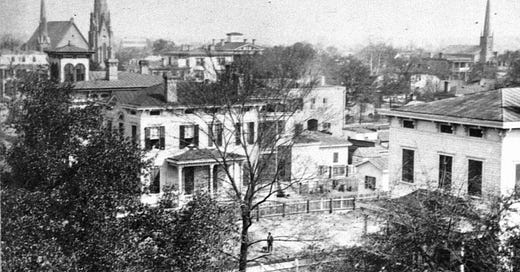


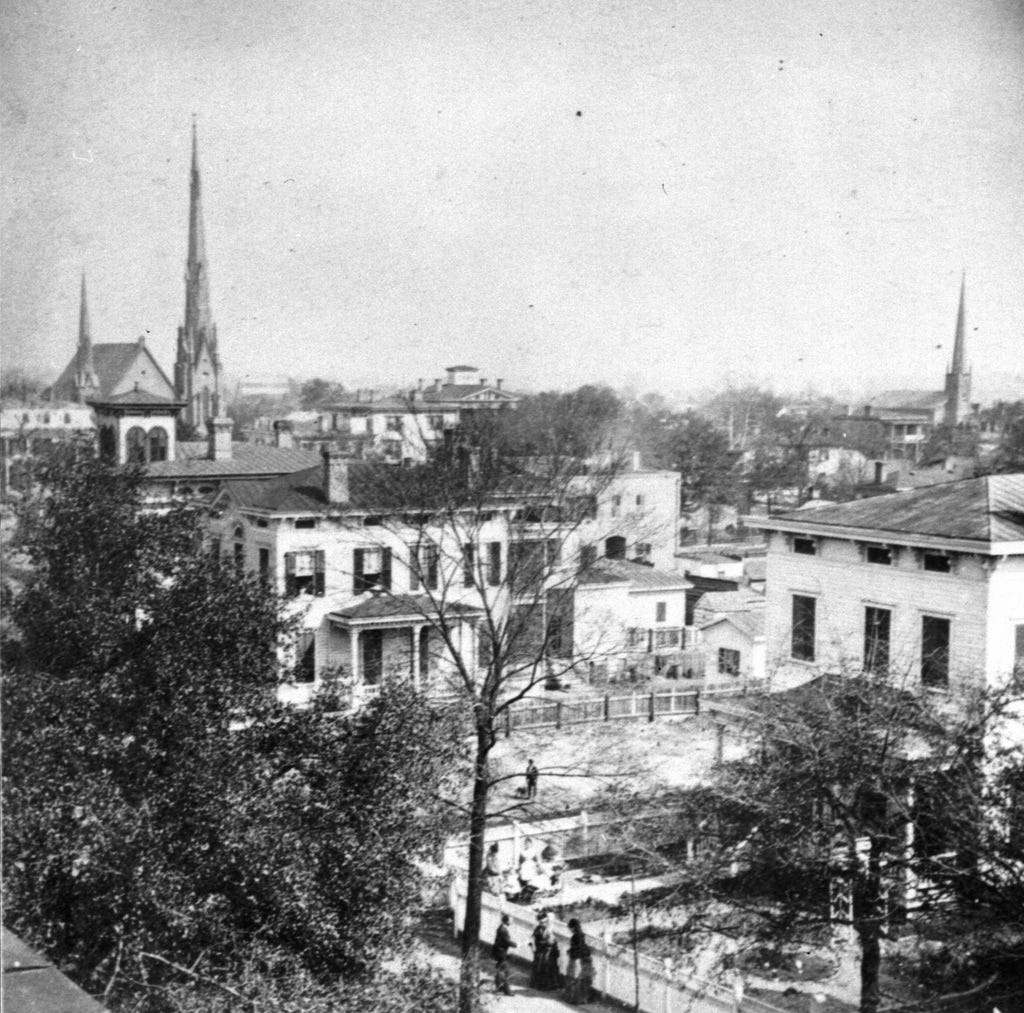
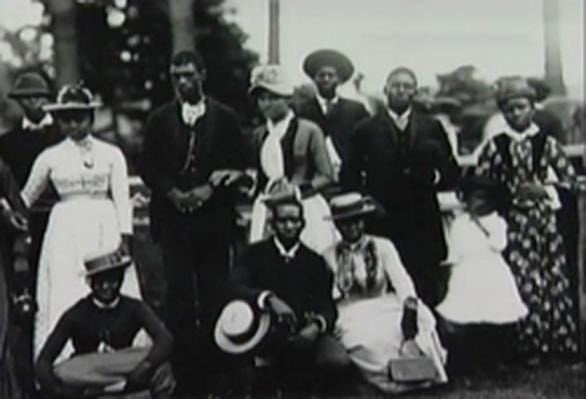
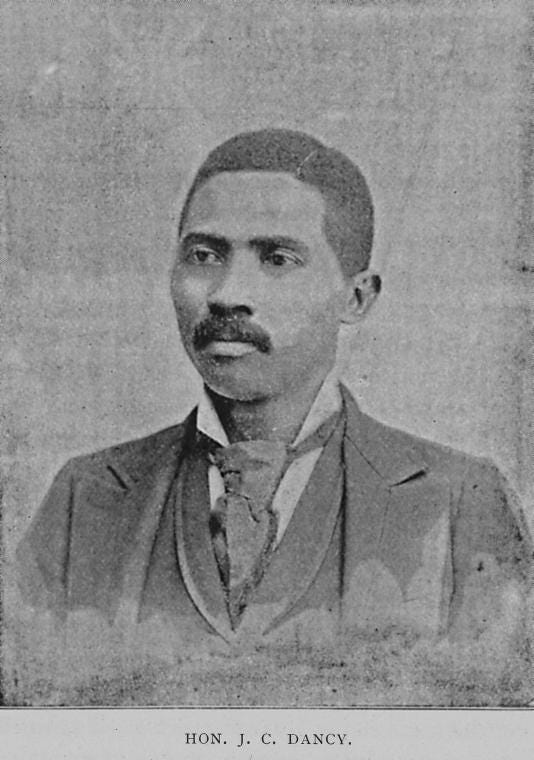
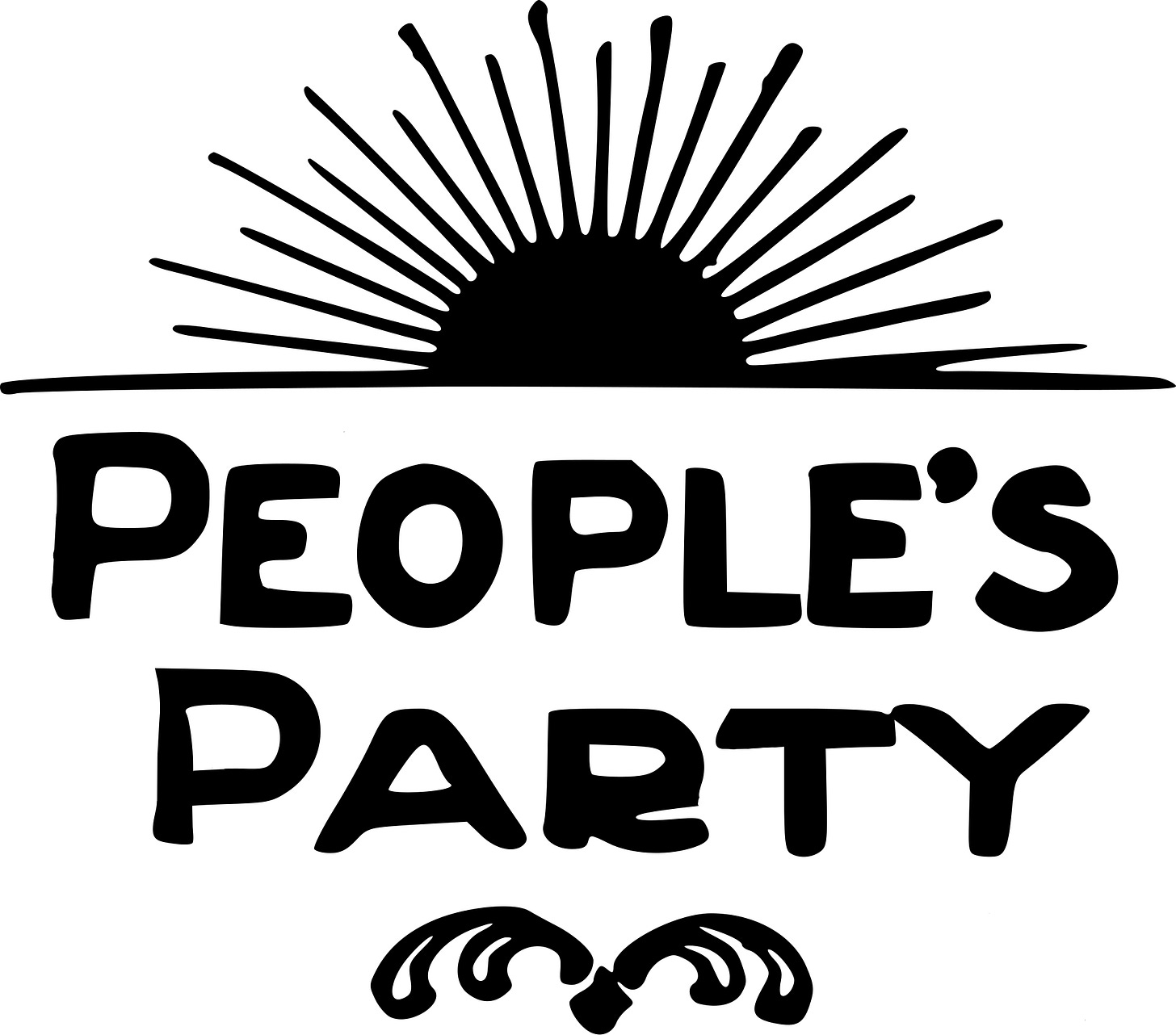

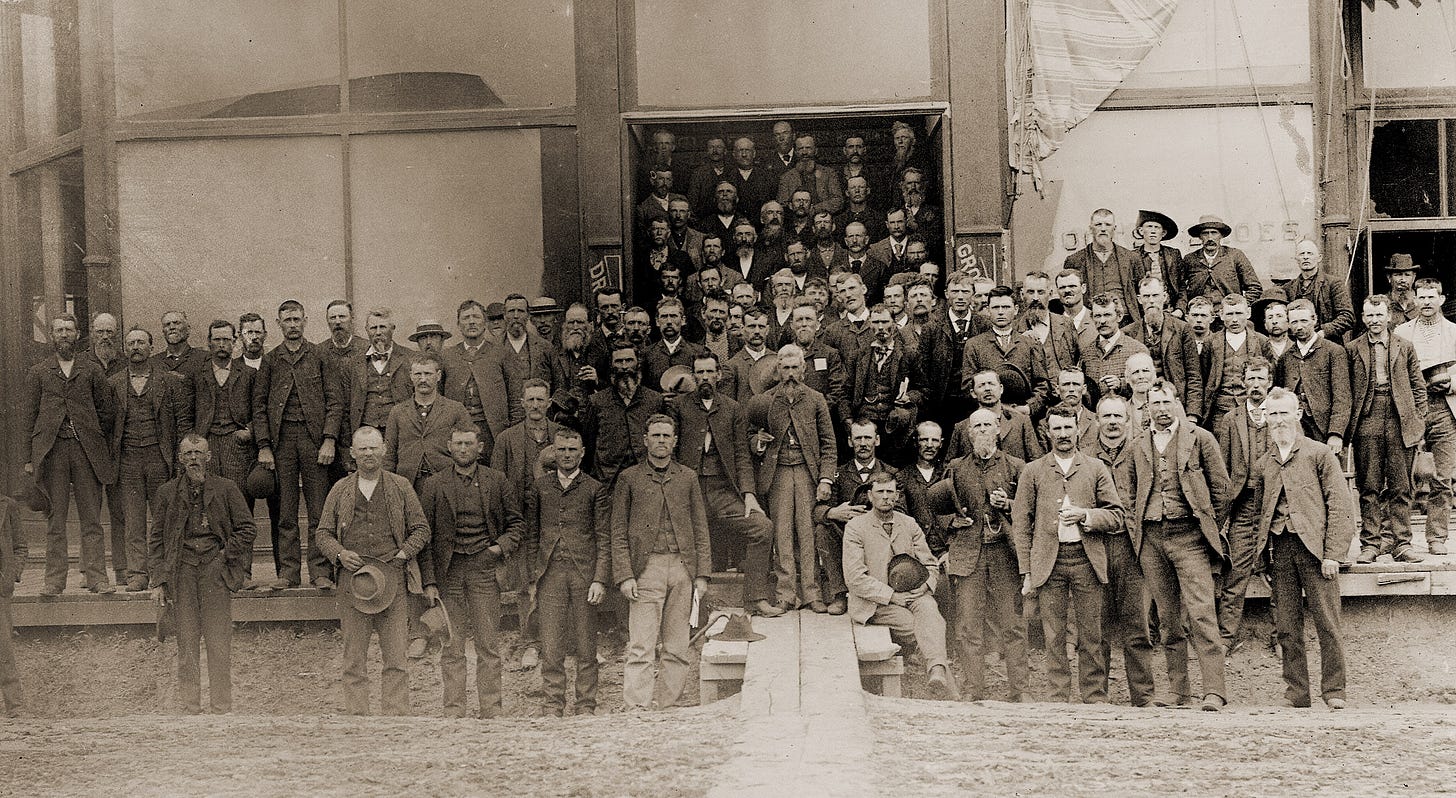
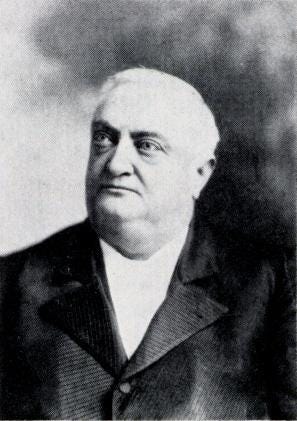
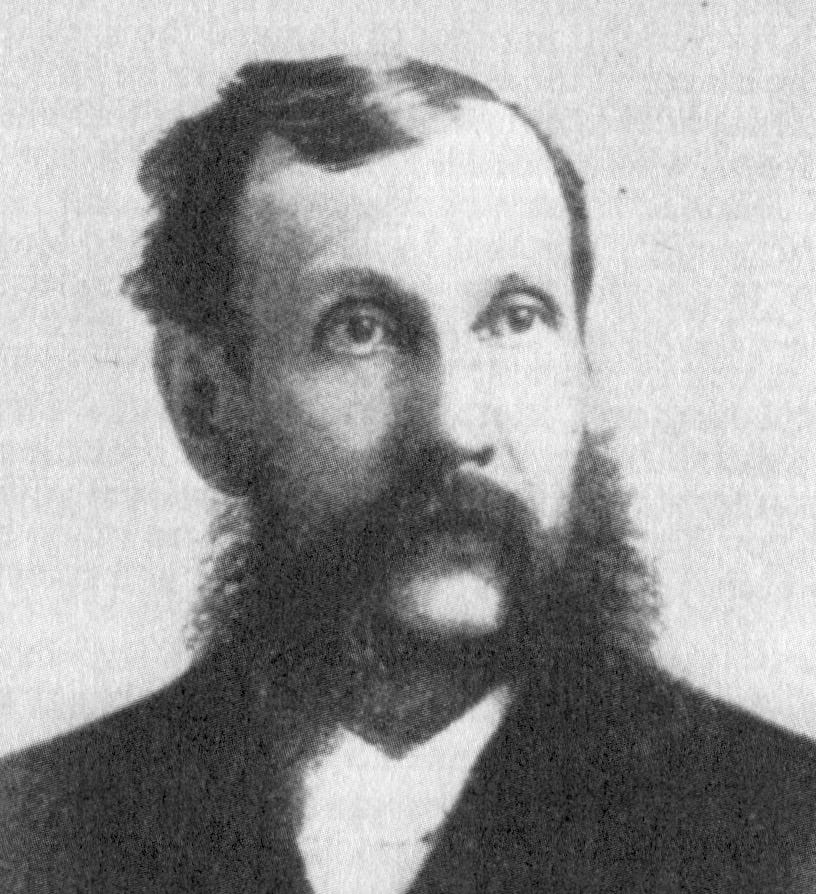
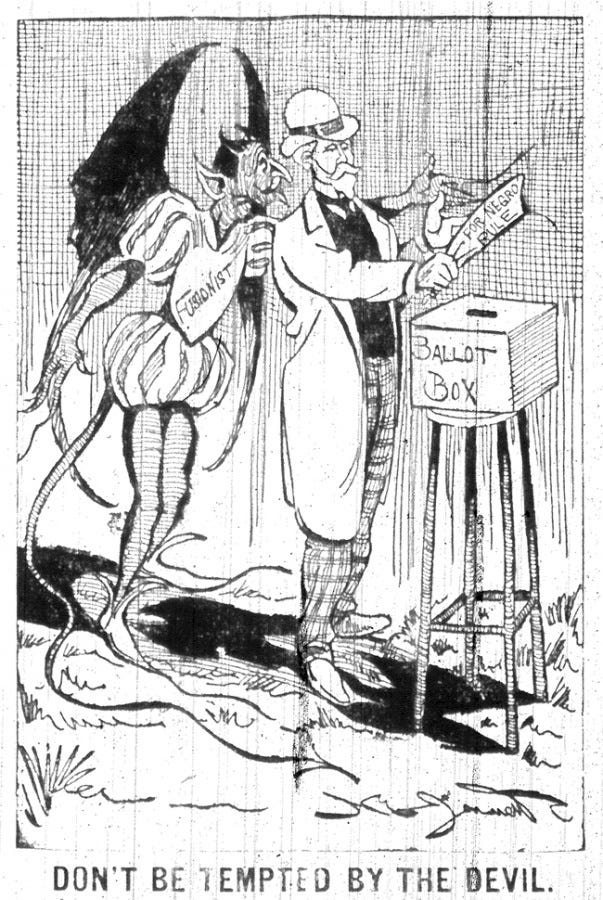
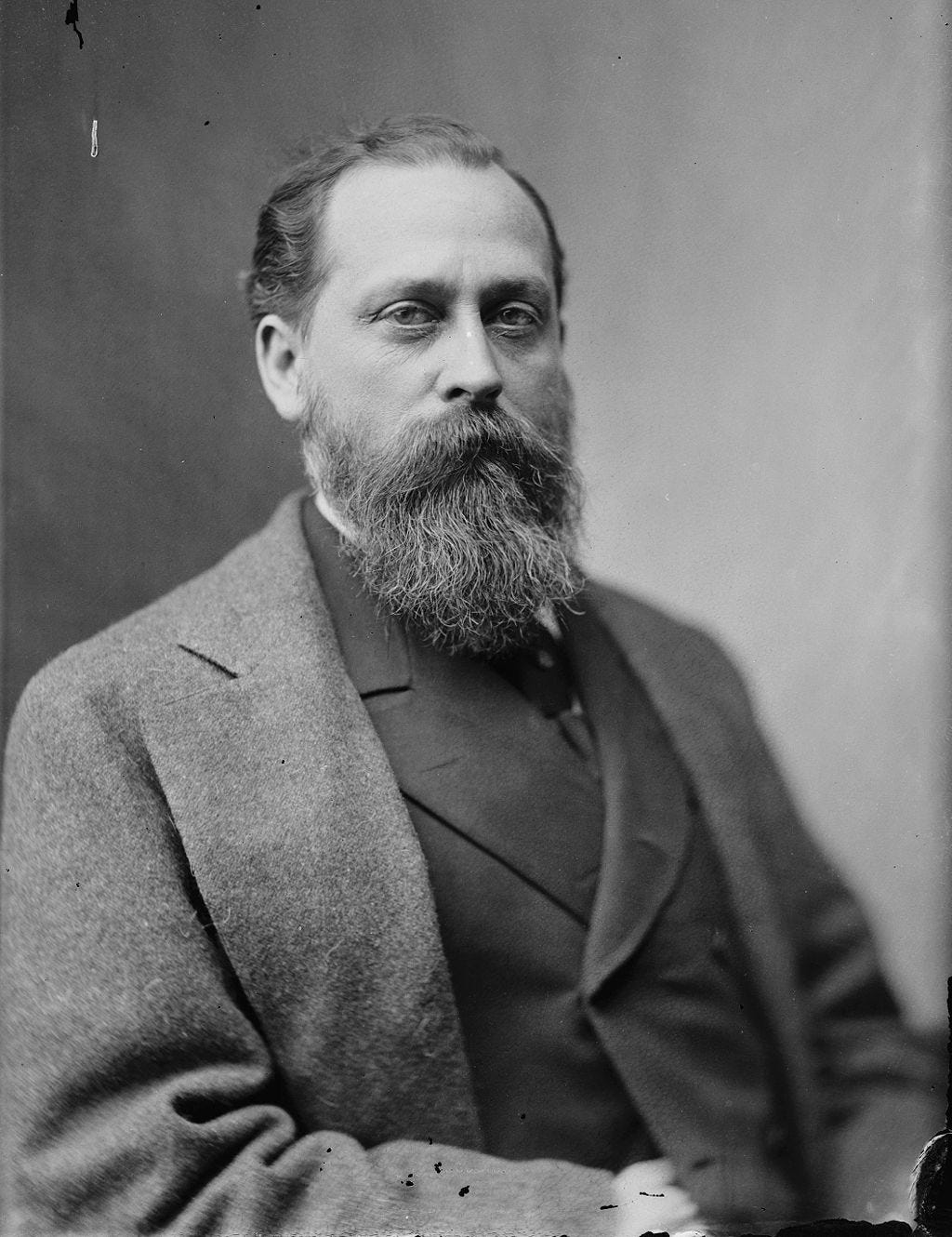

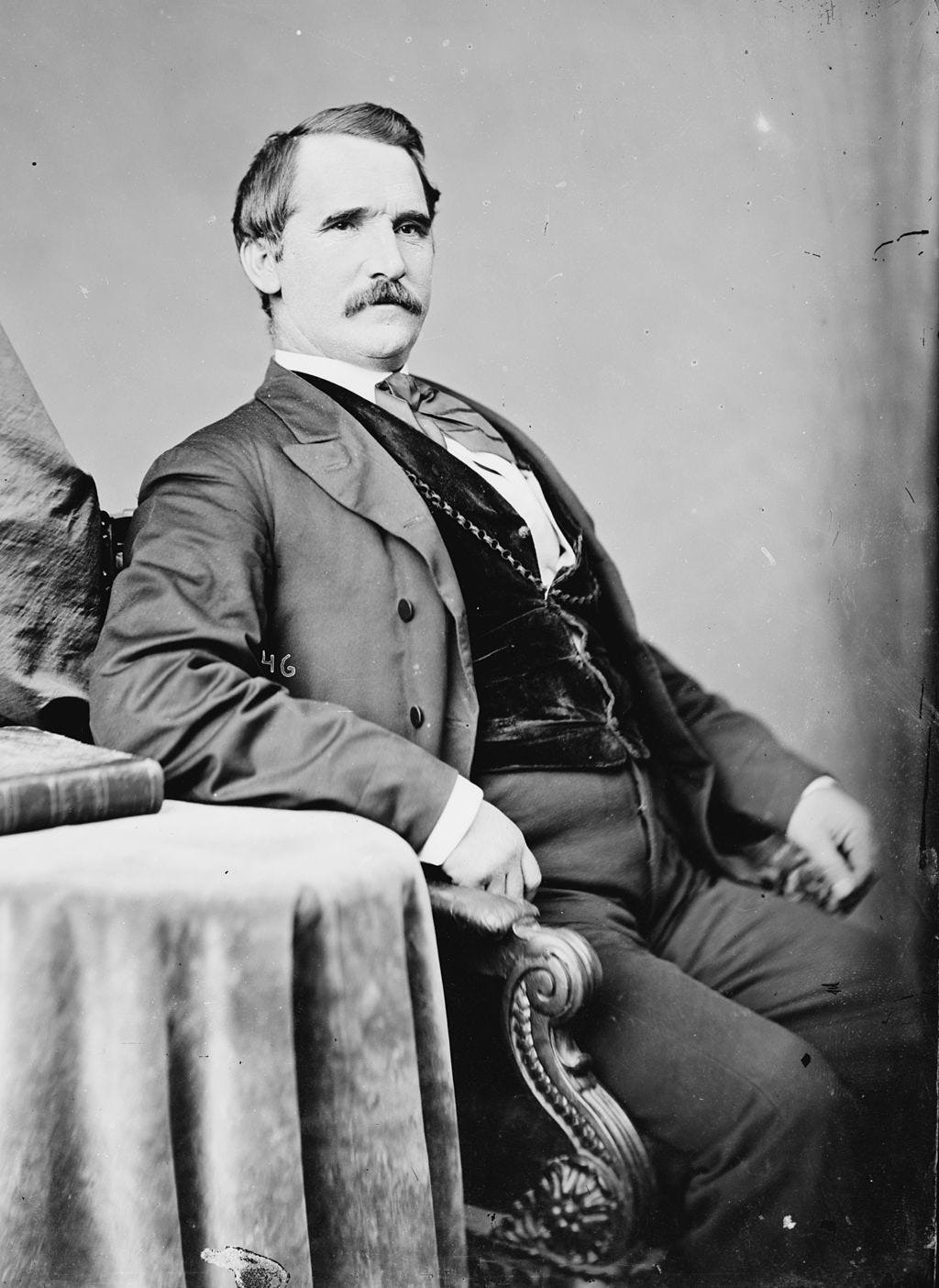
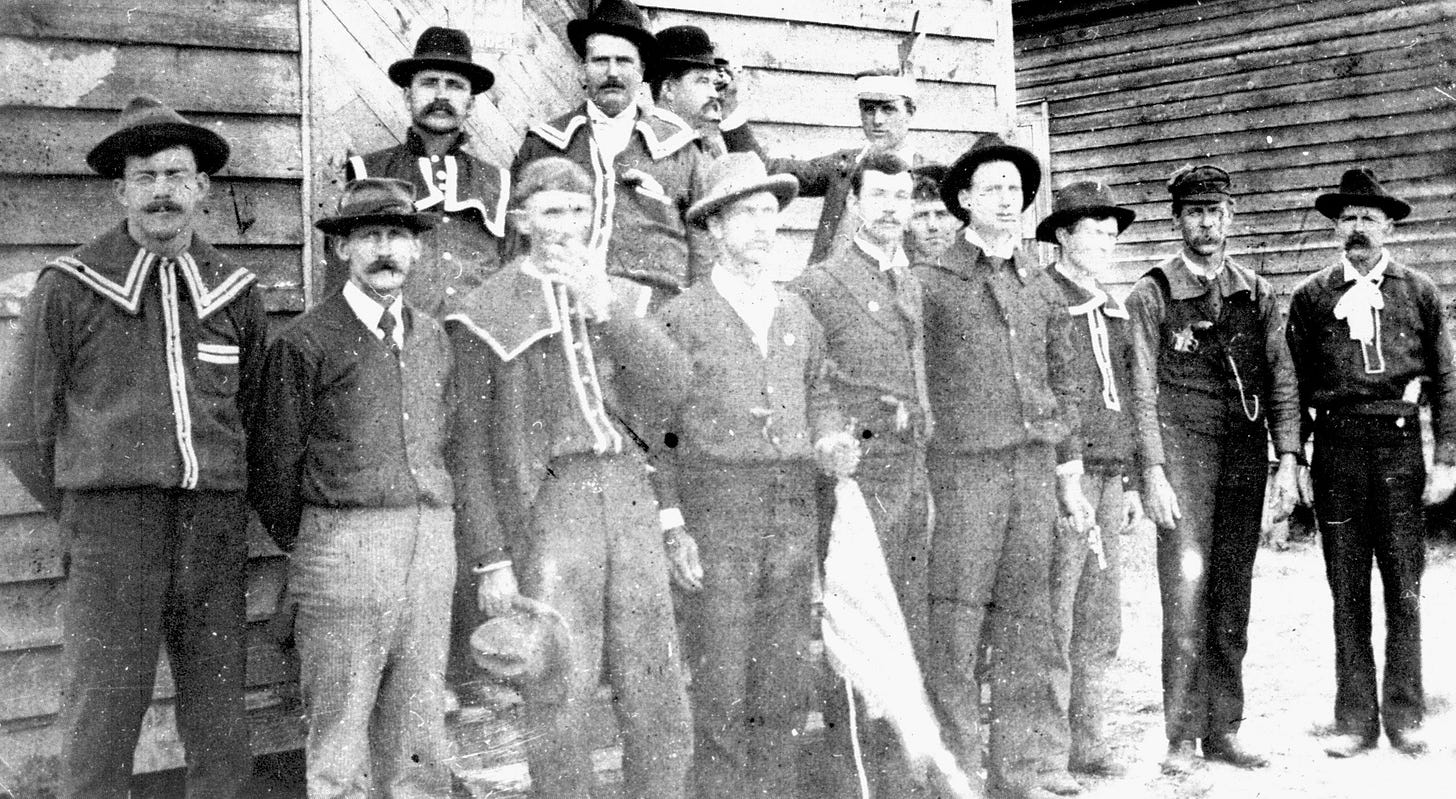

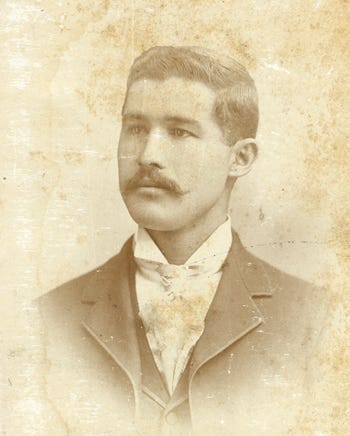
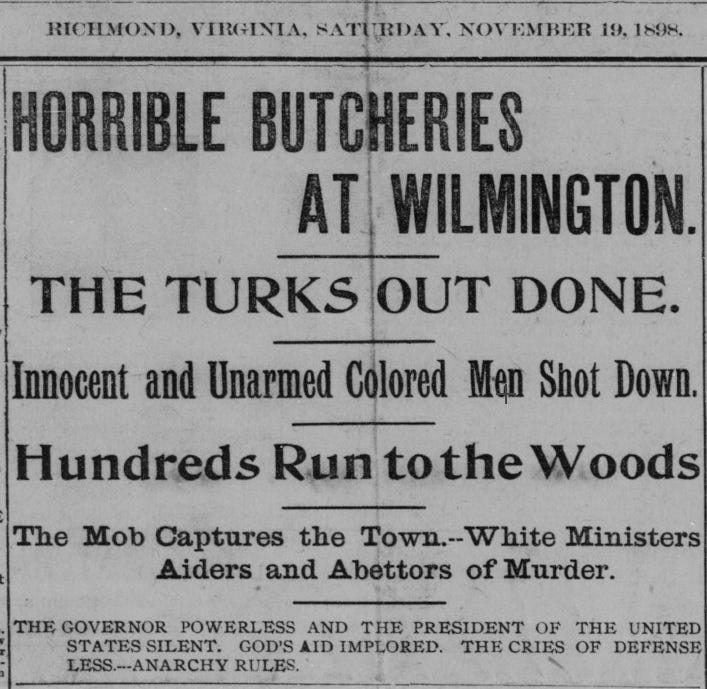
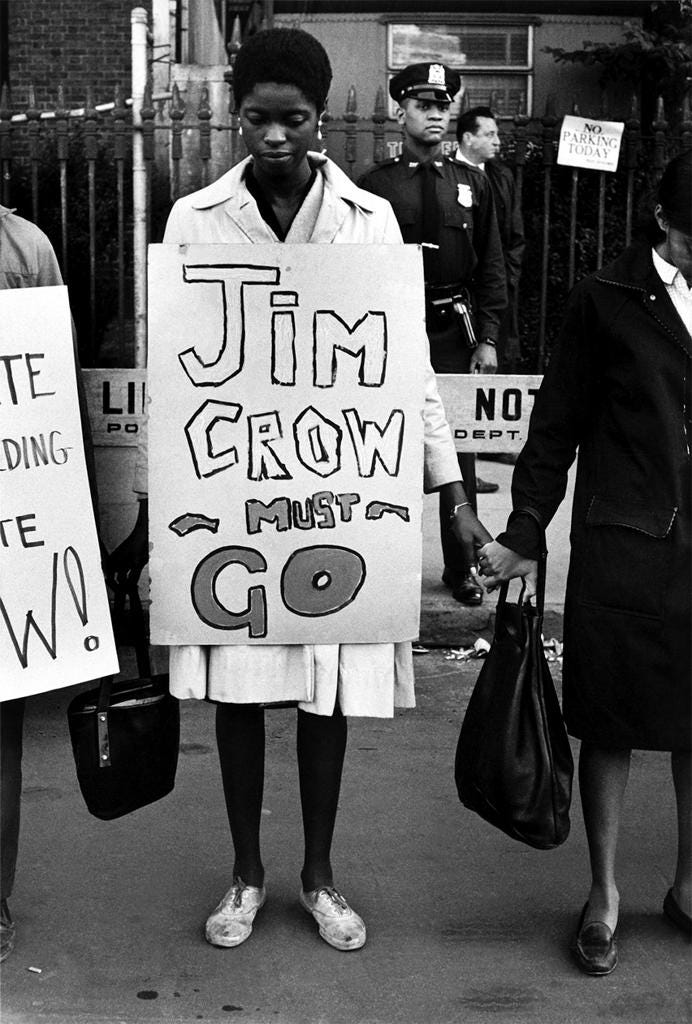



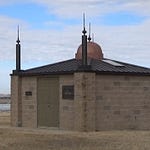



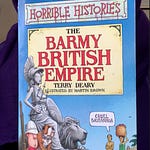
Share this post